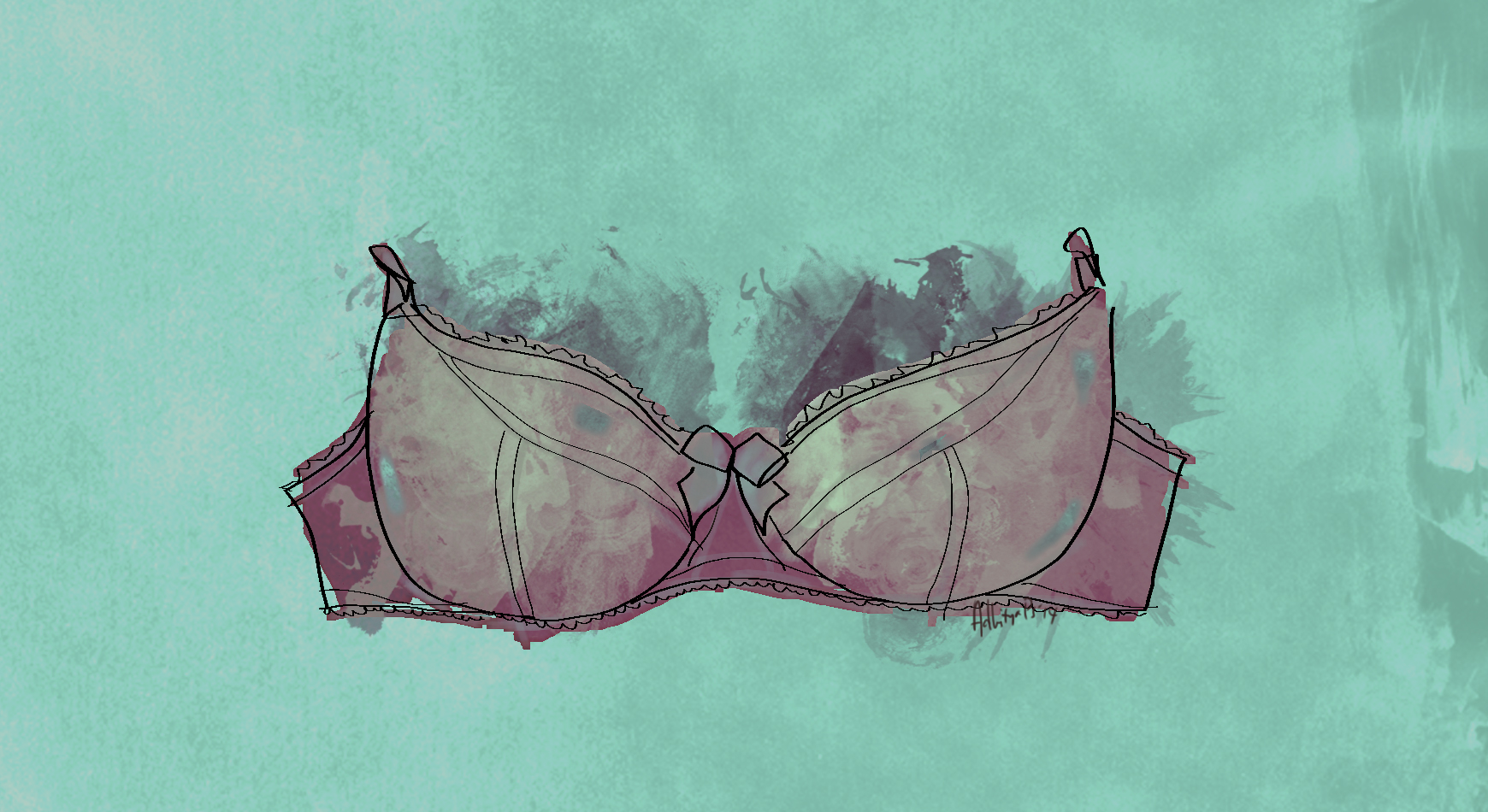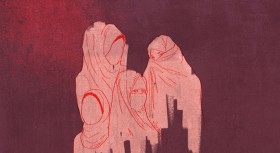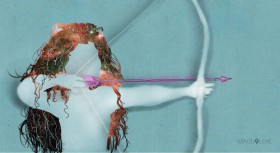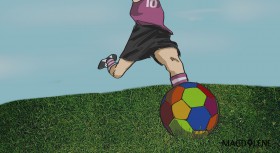Growing up, I thought my boobs were weird. They didn’t look like the boobs that appeared on Hollywood movies, the only reference I had of other boobs. I also hated my bum because it was noticeably bigger than most bums I’d seen. I heard my peers making remarks upon it, commenting how unusually large it is, and naturally, I was embarrassed by it.
In middle school I told my mom about my butt issue and she said, “You’ll be happy when you’re married.”
“But why?” I asked. “Why when I’m married? I don’t get it.”
My mom would not answer my question, because these are things not discussed in our culture. Growing up with a Muslim belief and a culture in which sex and sexuality is a taboo subject, and without sexual education at home or school, I had no idea that “being married” means “having sex.”
I also grew up with the notion that women should not mind being catcalled or stared at by men. Instead, we should make sure we don’t entice them. Since puberty, my bust and my derrière have been the subject of stares, and it made me ashamed of myself because I had taught it was my fault to bring the attention to myself. I felt guilty and dirty. I wanted to be asexual, to hide my body.
Later, I was torn between wanting to be asexual and wanting to be attractive for my future husband. I worried that I was not attractive enough for my future husband because my boobs were weird. While I was aware of the importance of inner beauty, I also knew that sex is important in a relationship, at least according to Hollywood rom-coms and chic lit, the only resources of my Sex Ed.
I think it affected me more than I realized. I had commitment and intimacy issues which was probably why I never had a serious relationship until I was 26-year-old. Before I met my current husband, I had been single for almost 10 years. I thought having a relationship was a waste because when they married me, they would see that my boobs looked weird. I didn’t think I deserved love and this thought permeated my teenage years.
I hated my body. And I hated myself not only because I saw myself as ugly, but also because I was a clumsy trouble-maker. It also didn’t help to have a family that constantly criticized and mocked you, and never once complimented you.
Fast forward to my time in Sweden, where I’m getting my Master’s degree. Here I found that people stripped down in the gym’s changing room, shower and sauna. The first time I was overwhelmed with all the sight of nakedness all around me. As I am short, if I looked straight ahead, some of the tall Swedish women’s breasts were right in my line of vision. If I tried to look down, then it was their vaginas I would be looking at. It was awkward; I didn’t know where to look.
But after being there a couple of times, I became used to it so I casually stole a glance at a woman’s breasts. That’s when I discovered that her boobs looked like mine. It made me so happy that I almost hugged her. I glanced around the room and saw breasts of various sizes and shapes, none looking like the movie boobs. It was like finding a community for my boobs!
This was one of the extraordinary things I learned from the Swedish culture: they don’t necessarily connect nudity with sexuality. Having grown up with the notion that an immodestly dressed woman means she’s “asking for it,” I learned that how people dress has nothing to do their sexuality. Before this, I had no reference of how boobs should like, not being able to see other women’s breasts, even friends or families. I would feel too guilty to even Google breasts and nipples. Now I figured out why those areolas, the skin surrounding the nipples, on TV are pink: it’s because they belong to Caucasian women.
I wish more girls could experience this. Many Indonesian girls probably don’t know what their own vagina looks like. I only learned mine after reading Sex for Dummies (a good book, by the way). When I recommended some of my friends to wear tampons because it’s better, they freaked out at the idea of inserting something into their genitals.
Finding out about our body and sexuality is greatly connected to our self-worth and it is part of the complex journey of being a woman. It was a long way for me to accept my body and to be open to physical intimacy. From there, I have learned to figure out what I am comfortable with when it comes to intimacy, and to demand for it. I have also learned not to settle for men who cannot respect my own boundaries. I do not have to stretch my boundaries so that anyone could love me. This is what I am comfortable with, take it or leave it.
This is why I find the TV series Girls, created by Lena Dunham, is an important show to help girls figure out who they are. Not everyone in that show is likeable, and, unlike many series in which the women are either good or bad, everyone has an ugly, crazy unlikeable side. Lena Dunham is not the prettiest actress in the series, yet she showed the most nudity, and I find it refreshing. She does not have the typical “movie boobs”. She is also a little heavier than most Hollywood actresses. I felt represented. There should be more women like her on TV.
Lena Dunham doesn’t have movie boobs, yet Adam Driver’s character in the show is crazy for her. I am overweight with non-movie boobs but loved by my gorgeous husband.
So, girls, love your boobs and asses – they are fine as they are. Because before someone else love you, you must love yourself first.
Arlita Rahman is currently battling with depression and anxiety while working and also trying to finish her Master’s. She is trying to save money to get a dog while also trying to save the world from climate change. She is still trying to fully accept herself.








Comments